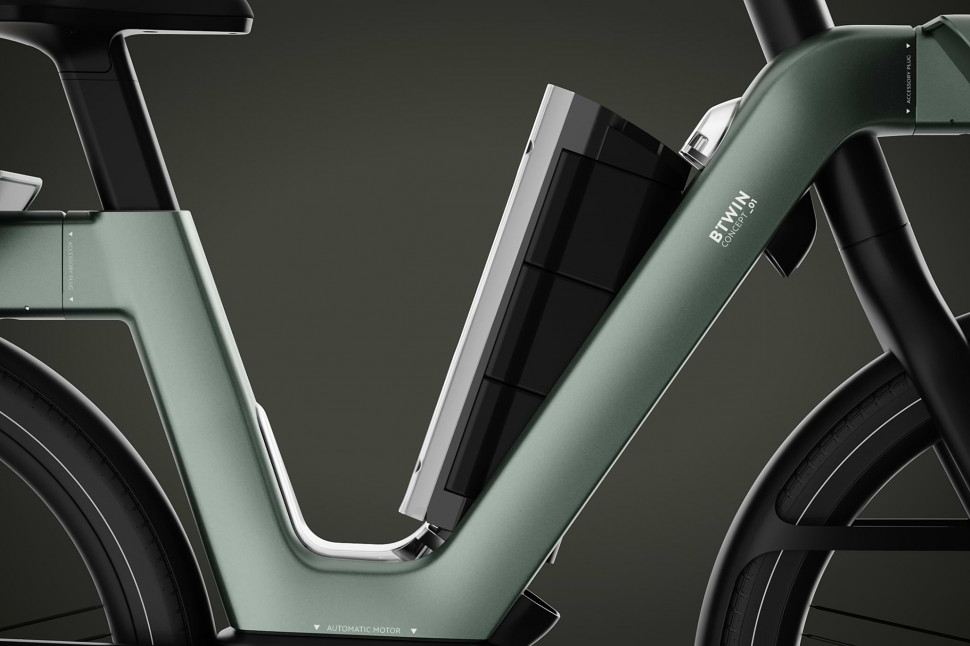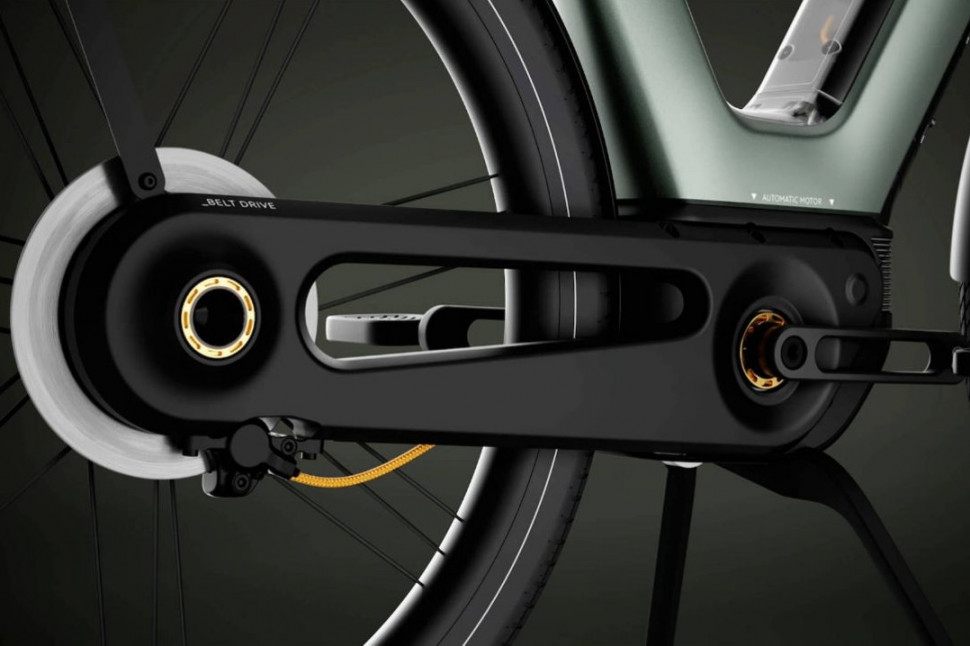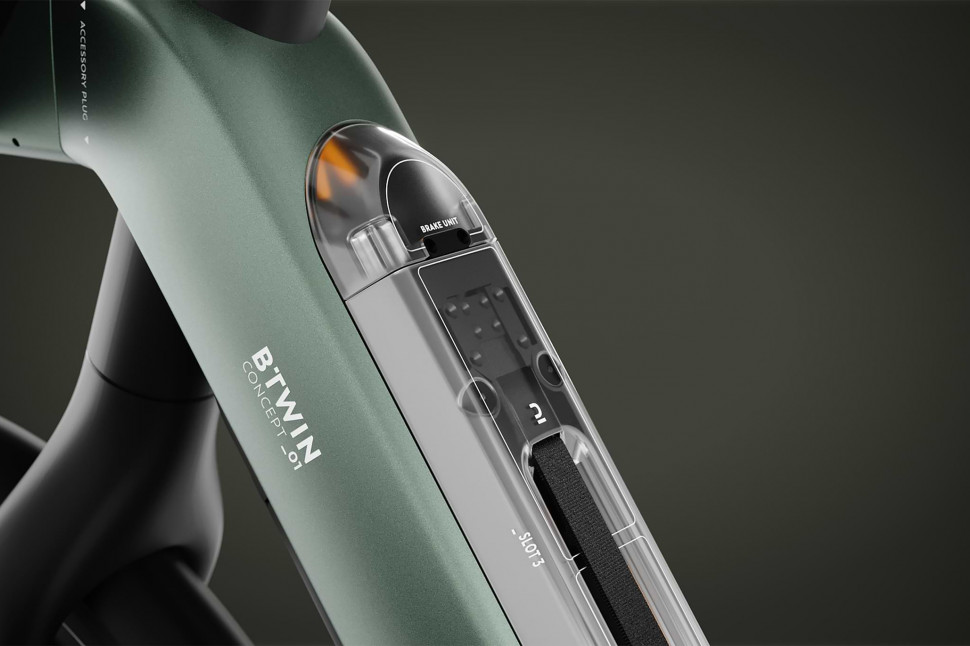
[ad_1]
French sports retail giant Decathlon is known for value for money products covering a huge range of sports and leisure activities. That includes it’s own brand B’Twin branded e-bikes that regularly get great reivews for the value for money they offer – and for the fact they work pretty well too.
But now it’s exploring what looks to be much pricier and more advanced e-bike tech in the form of a recently announced concept Magic Bike (the B’TWIN CONCEPT_01 to be more precise). It’s very possibly no more than a collection of bright ideas made into some nice looking computer renderings at this stage – but if Decathlon gets enough positive customer feedback then clearly this is one company that very much has the means to turn the concept into reality.
Just what is the Magic Bike concept?
Safety, simplicity and adaptability are at the heart of the Magic Bike concept, says the blurb. Connectivity and automation are clearly the two main means of achieving this. So does a scroll through the super slick website reveal anything so revolutionary it could justifiably be called magic?
There appears to be a mid-drive motor that uses a belt drive connecting to rear hub gears that are said to be fully automatic. Rather strangely the belt drive is also fully enclosed – a ‘clean’ solution usually reserved for chain drives.
A modular frame-integrated battery that can effectively be used as any combination of three smaller batteries gives ranges of 19, 37 or 56 miles.
Connectivity is mentioned, as is automatic wireless locking and unlocking when the owner approaches the bike. Flipping down the kickstand also automatically locks the bike. All nice secondary security features but not a replacement for a superstrong lock…
There is light bar style lighting on the front of the handlebar; rather reminiscent of the type pioneered by Gocycle with bar-end indicator lighting.
Single lever braking activates both front and rear brakes. Such systems are common on trikes.
The bike also features quick-attach proprietary front and rear racks with a child seat option.
Not revolutionary… but interesting
Arguably there’s nothing particularly new here, never mind revolutionary. Many features are already present on the new breed of super smooth and slick e-bikes from the likes of Van Moof and the latest step through Cowboy, both of which we’ve reviewed and liked.
Perhaps more interesting is the fact it seems Decathlon might be testing the waters before they move away from their decidedly budget – and highly successful – approach to e-bikes to a funkier, more upmarket and pricier approach that would no doubt mean more investment in proprietary technology. Van Moof are arch-exponents of this approach. We recently covered the launch of their 30mph ‘future bike’ that actually supposes future changes in the e-bike speed limit. Its current illegality hasn’t stopped them taking plenty of preorders….
So, Decathlon is certainly entering an interesting area, even if only virtually at this stage. It’s hard to be against an approach that makes e-bikes more popular by making them slick and sexy – after all most people agree they are part of the solution to current transport woes.
On the other hand, use of unique, proprietary designs, with their lack of widely available and reasonably priced spares, arguably takes e-bikes a step away from sustainability and towards inbuilt obsolesence.
As the saying goes ‘there is a debate to be had’ and, judging by the comments on the 30mph Van Moof story, a debate there is plenty of interest in, whether you think such e-bikes are just ‘techno-toys’ or a true vision of the future.
[ad_2]
Source link




